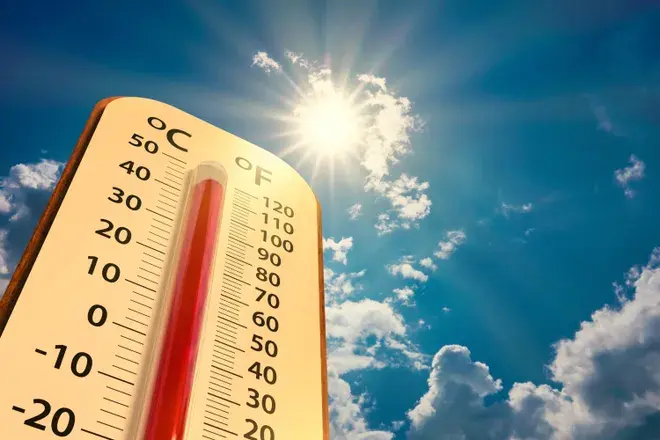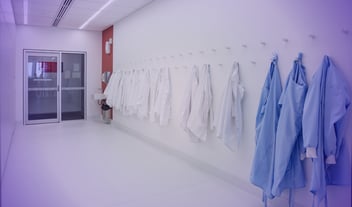

As climate patterns shift and heatwaves become more frequent and intense, maintaining the stability of ultra-low temperature (ULT) freezers in laboratories and healthcare facilities is more critical than ever. Typically set to –80 °C, these freezers are essential for preserving temperature-sensitive samples, vaccines, and research materials. However, extreme heat can severely impact their performance and compromise the integrity of stored contents.
Risks Associated with Heatwaves
During a heatwave, ambient room temperatures can reach unprecedented levels. This sudden rise puts significant stress on HVAC systems, which are essential for maintaining controlled environments. When these systems fail, the room temperature rises, reducing the freezer’s ability to dissipate heat effectively.
If the internal temperature of a ULT freezer can no longer be maintained at –80 °C, stored samples are at serious risk of irreversible degradation.
Monitoring: Three Layers of ProtectionTo mitigate these risks, a robust monitoring system is essential—one that focuses on both the freezer itself and the surrounding room environment. Here's how you can protect your ULT freezers and the valuable samples they preserve:
- Monitor Internal Freezer Temperature
Install temperature sensors connected to a real-time monitoring platform. If the temperature deviates from the setpoint, an immediate alert allows for a rapid response—before critical thresholds are breached. - Monitor Ambient Room Temperature
ULT freezers emit a significant amount of heat into their surroundings. A poorly ventilated or overheated room can quickly become a risk factor. By monitoring the ambient temperature, it's possible to take action at the first signs of overheating. - Backup Ventilation Plans
Ensure the room has emergency ventilation systems, such as automated fans or backup air conditioning units, that can take over in the event of a primary system failure. These solutions help maintain a stable environment around the freezer.
Why Proactive Monitoring MattersExtreme heat events are no longer rare. They represent a growing structural challenge for labs, hospitals, and research centers. A single undetected failure can lead to the loss of years of research, valuable biological collections, or irreplaceable medical treatments.
By implementing an automated monitoring system, you ensure:
- Continuous cold chain stability
- Compliance with GxP, FDA, ISO, and other regulations
- Peace of mind, thanks to real-time alerts and automated reporting
ATEK: Your Partner When the Heat Is On
Based in Montreal, ATEK offers environmental monitoring solutions tailored to meet the needs of critical environments. Our connected systems allow you to remotely monitor sensitive parameters, react instantly, and document every incident.
Why clients choose ATEK:
- High-precision, certified sensors
- A user-friendly monitoring platform
- Fast response time and local technical support
- Streamlined audit preparation and regulatory reporting
For more information on how ATEK’s innovative monitoring solutions can help you protect your ULT freezers, contact our experts.
Stay cool, stay protected, and ensure the continuity of your research and healthcare efforts.
Download Document
Thanks for your interest
Here is the link to download the document
www.atek.com/aoiubviur-5svlfnkvs;d54c3Related articles

Case study: How ATEK's Monitoring System Ensures Cold Chain Safety in ULT Freezers
Securing ULT Freezers: How ATEK's Monitoring System Ensures Cold Chain Safety in a University Laboratory CONTEXT & CHALLENGES

Manual Temperature Monitoring in Pharmacies: Risks and Limits
In the pharmaceutical industry, accurate temperature and humidity monitoring of refrigerators, freezers, and storage areas is essential for...

Securing your Laboratory During Extended Absences [Practical Guide]
Whether for annual leave, external training, or periods of reduced activity, extended staff absences always represent a critical moment for your...
NEWSLETTER
With this newsletter, get a first look at all the latest updates and tips that make a real difference in environmental monitoring!
TRY ATEK FOR YOURSELF
Get a Hands-On Demo & a Risk-Free Trial.
See firsthand how ATEK can make monitoring and compliance effortless while keeping your products safe.
